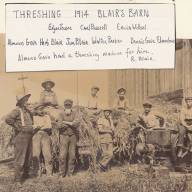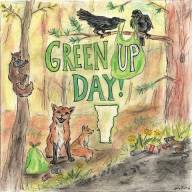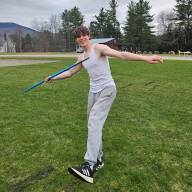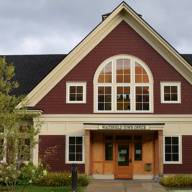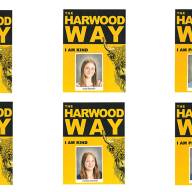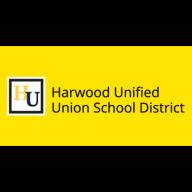Upon entering Moretown Elementary School, visitors are greeted with a sign that reads, “Water is Life” and a display of waving blue ribbons reminiscent of water. A table sits outside the entrance with signs that say, “Water is connection,” “water is cleansing,” “water is joy.” In the school’s entrance visitors will find a plastic model of a watershed, a display of picture books related to water and a bulletin board with students’ questions, such as “What is water?” “Where does it come from?” and “What makes it move?” The preK room displays a stream table, donated by the University of Vermont, where preK students can watch the flow of water and learn about erosion.
This is all part of a school-wide project called “Water is Life,” four weeks of learning dedicated to water systems and the many ways in which water impacts life on earth. Through the four-week unit, all grades at Moretown Elementary School are exploring science, art and culture related to water. During Moretown’s Educating Children Outside (ECO) time each Tuesday, scientists, artists and educators have visited the school to demonstrate the ways in which water affects our planet and our daily lives.
The “Water is Life” program began on World Water Day on March 22 and will culminate in a school-wide water ceremony on April 12, influenced by Abenaki water ceremonies, which students have learned about from director of the Vermont Abenaki Artists Association Vera Longtoe of the Elnu Abenaki Tribe. Other visitors have included scientists from the White River Partnership and the North Branch Nature Center, as well as visual artist Rachel Mirus, who has been leading the students in creating watercolors and ice paintings. An email sent to families called the project, “an invitation to investigate, wonder and explore water.”
On Tuesday, April 5, Moretown first and second graders explored the stream that runs through their outdoor classrooms in the woods behind the school. White River Partnership watershed scientist Dan (“Rudi”) Ruddell demonstrated how to collect water samples in the stream and helped students identify caddis flies, salamanders and other creatures found in the stream.
The “Water is Life” project is made possible by a grant from the Robbins de Beaumont Foundation. “The goal is to make people feel a stronger connection to water in the community and delve deep into this,” Moretown teacher Jenny Lyle said. She said the project is designed to let kids follow their interests. A student in the fifth- and sixth-grade group came up with the idea for students to collect water samples from their homes.
During ECO time in the woods, one student sang a song she’d written about water. Another mixed water with charcoal to form a paste, which she used to paint on discarded birch bark. After collecting samples and studying creatures that live in the water, students worked in their nature journals, where they were asked to draw and/or write about what they’d learned. Lyle said she hoped this would be the beginning of an annual celebration of water.




